
‘This is the Queen’s castle. I can build this castle like the Queen’s, it’s so big and massive,’ said Jackson (three years, nine months). This comment led to children at Growing Places Havant, Hampshire, exploring more about castles, building their own interpretations and even visiting a local citadel.
Each week, as part of the nursery’s planning cycle, the staff reflect as a team to ensure they can provide the children will have as many opportunities as possible to extend their interests and to enhance their questioning, thoughts and ideas. The children’s interest in castles was sparked by finding out about the monarch after a staff member commented that children should have good table manners like the Queen.
‘The children then wanted to know all about the Queen, what did she look like, who was she, what does she do and where does she live,’ says nursery manager Jess Eaton. ‘We decided it was a good idea to print pictures of the Queen and where she lived.’
Building fortresses proved of particular interest. Staff offered the children pictures of different castles and local buildings the children might have seen to provoke and extend their knowledge. This continued for a number of weeks.
Staff then took them to one of the castles they had been building – Portchester Castle. ‘We thought this would be an ideal way for the group to immerse themselves, to simply “be” and to even feel the walls of the castle,’ says Jess. ‘I thought it would be a good idea to take the wooden blocks the group had been building with in nursery so that they could build their castles in the moment, be inspired and build in real time with the muse in front of them.’
SHAPE, SPACE AND MEASURE
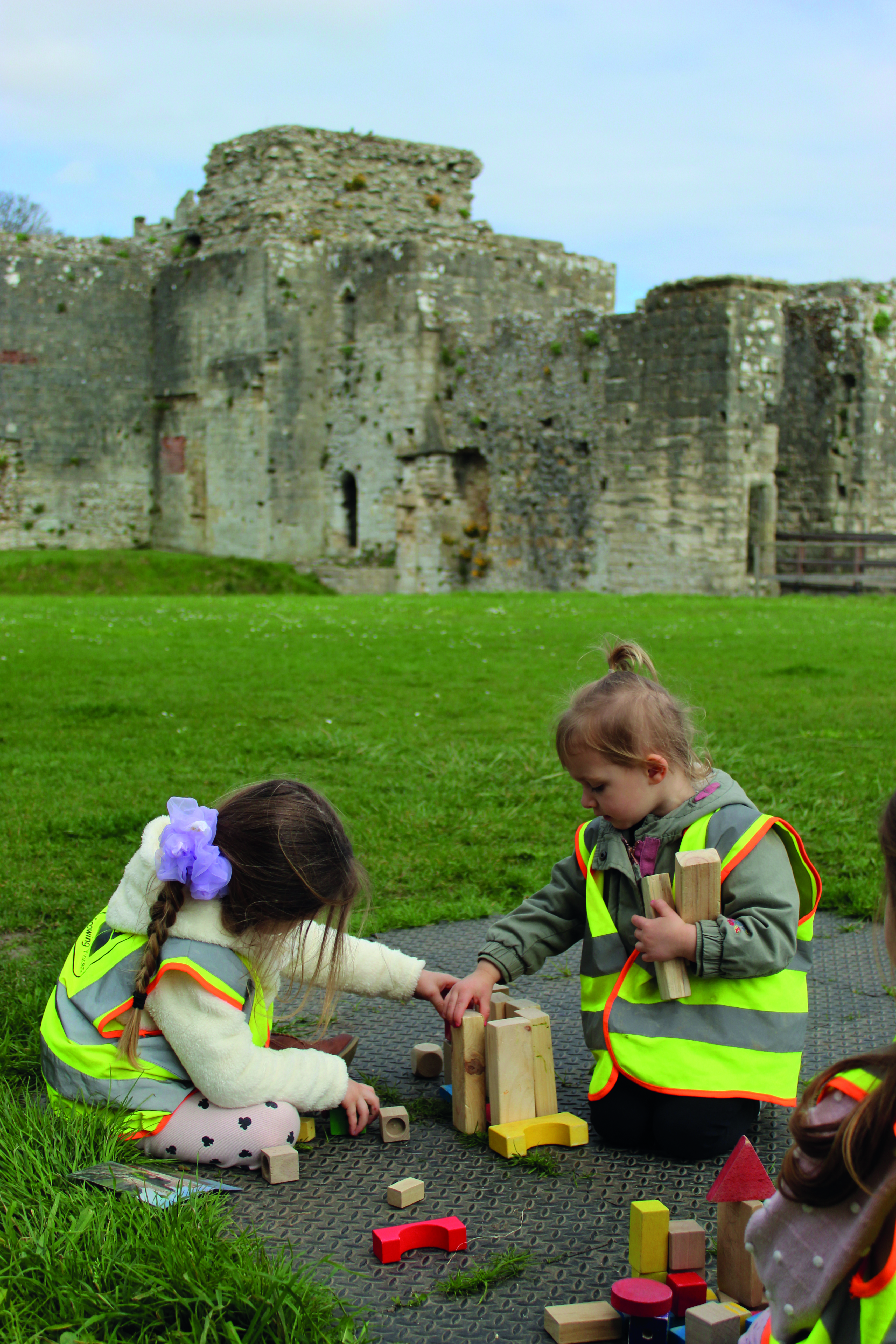 It was the first time some of the children had been to a castle and they were impressed by its sheer size. They enjoyed feeling the cold, hard stone and uneven walls and were able to relate the castle to the different pictures they had seen. They looked at specific features, such as the turrets, and explored the grounds.
It was the first time some of the children had been to a castle and they were impressed by its sheer size. They enjoyed feeling the cold, hard stone and uneven walls and were able to relate the castle to the different pictures they had seen. They looked at specific features, such as the turrets, and explored the grounds.
Children knocked on a door and called for the queen and king, while one went inside part of the castle and experienced the sound of his voice echoing off the bare walls, proudly exclaiming, ‘Can you hear that? That’s my echo!’ Some children thought a gate looked like a prison gate so they role-played being in jail.
After exploring the castle, staff got the wooden bricks out. Some reconstructed parts of the castle, while others made their own versions. ‘It was lovely for the children to be fully immersed in their building, think about the castle and what they want theirs to look like and build it in real time,’ says Jess.
Staff also took binoculars to the castle so the children could look at the building in more detail and look at the buildings around it. From the ancient castle, they could look across to the contrasting modern 170-metre-high concrete and steel Spinnaker Tower in Portsmouth. Children were interested to look at its unusual shape and staff are now planning to take them on a trip to investigate its very different architecture. The staff team is also considering investigating concrete.
BACK IN THE NURSERY
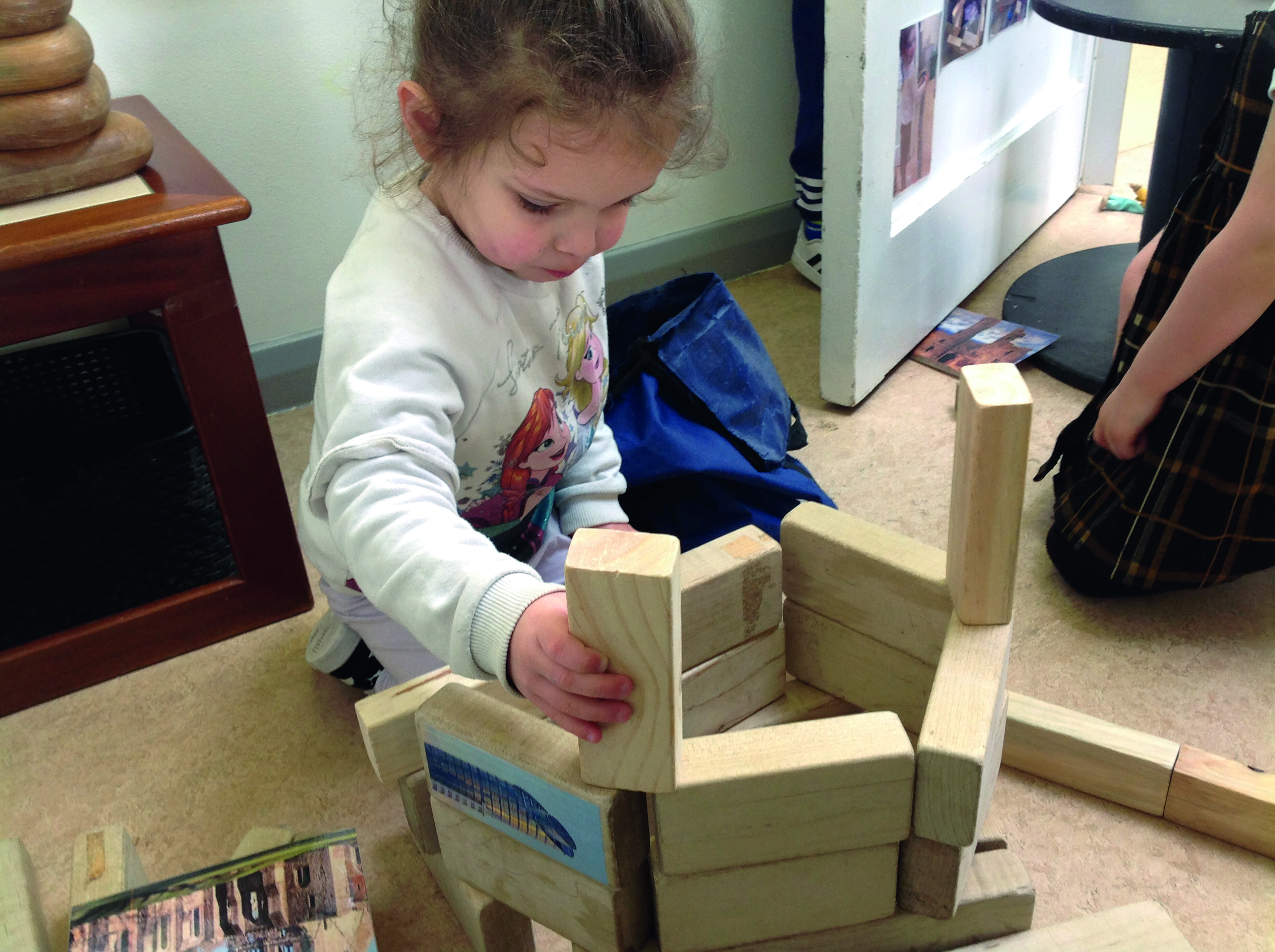 Despite it being many weeks since the castle visit, children are still absorbed in their block play and construction. They have taken the building materials into the outdoor area and are building even bigger constructions with fewer space constraints. The interest in building has also led to children working together, narrating what they are doing and making suggestions, such as putting grass in the middle of the castle.
Despite it being many weeks since the castle visit, children are still absorbed in their block play and construction. They have taken the building materials into the outdoor area and are building even bigger constructions with fewer space constraints. The interest in building has also led to children working together, narrating what they are doing and making suggestions, such as putting grass in the middle of the castle.
Children are mainly choosing to build with wooden blocks and sensory shapes, but are also adding loose parts to embellish their constructions, such as lollipop sticks, stones and corks.
Elsie (four years, three months) continues to talk about going on the minibus to visit the castle. She thought that it was Buckingham Palace until staff showed her pictures of the different buildings for her to compare. Elsie has gone on to spend long periods of time creating aerial views of castles in great detail.
‘Since we have returned from our trip, we have noticed the buildings have been more detailed using loose parts,’ says Jess. ‘The children are creating much more accurate versions of the castles and some children have even decided to draw them. The children have since been discussing with one another how they can create a sense of permanence with their buildings.’
LIFE-LONG LEARNING
Jackson’s initial confidence in his own ability to build a ‘big and massive’ castle led to a long-lasting investigation and encouraged other children to believe in their own building skills. ‘We fully believe that children are born curious and capable,’ says Jess. ‘We have just given them the opportunity to explore a real castle and the tools to continue that curiosity and support their confidence.’
Staff also encourage parents to allow their children to problem-solve and find out things for themselves. For example, one child enquired on the way to nursery how old the Queen was. Her mother told the staff so that they could research the Queen’s age together. ‘We believe we’re not here to give children all the answers, we’re here to support them in finding out for themselves, which will help them for the rest of their lives,’ explains Jess.
‘Children are incredible and I believe it is the role of educators to really listen to what the children are talking about, because if they hadn’t, none of this would have happened. We could be looking at the architects of the future.’
Book corner
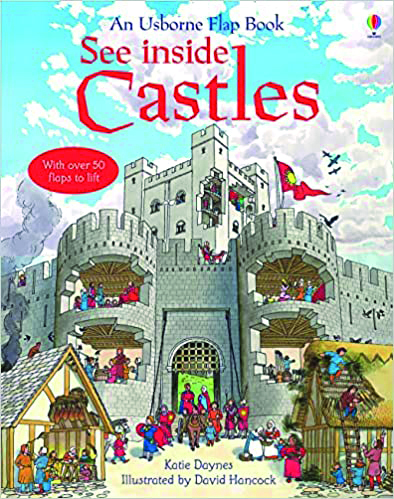 See Inside Castles by Katie Daynes and David Hancock
See Inside Castles by Katie Daynes and David Hancock
A humorous yet historically accurate look at life in a medieval castle, with embedded flaps to explore.
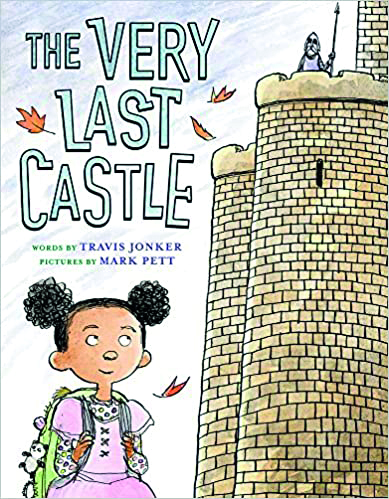 The Very Last Castle by Travis Jonker and Mark Pett
The Very Last Castle by Travis Jonker and Mark Pett
A curious girl knocks on the door of a castle and finds out what’s really behind the gate.
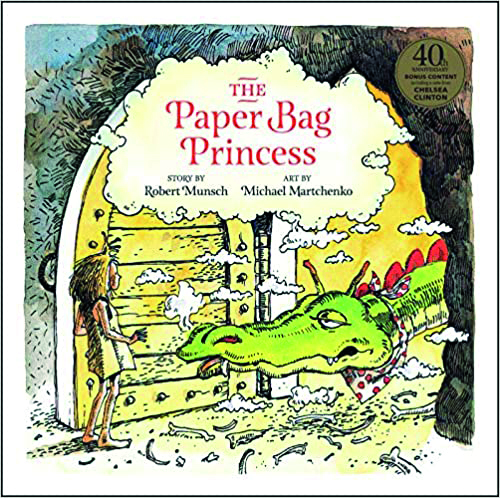 The Paper Bag Princess by Robert Munsch and Michael Martchenko
The Paper Bag Princess by Robert Munsch and Michael Martchenko
Princess Elizabeth is all set to be married when a fire-breathing dragon appears, kidnapping Prince Ronald. Resourceful Elizabeth sets off to rescue him.
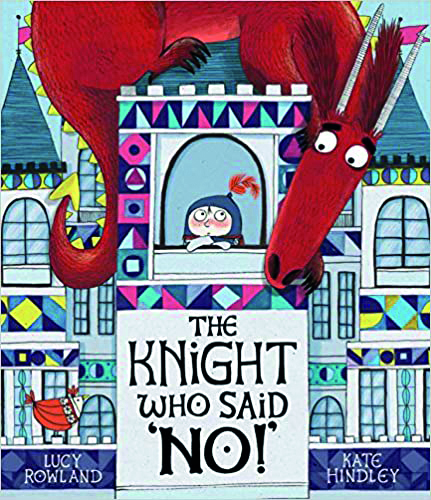 The Knight Who Said ‘No!’ by Lucy Rowland and Kate Hindley
The Knight Who Said ‘No!’ by Lucy Rowland and Kate Hindley
Ned the knight always does what he’s told, until one morning, he refuses to help his dad find his shield, arrow or bow…
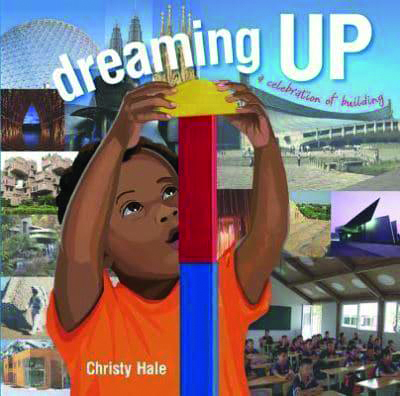 Dreaming Up: A Celebration of building by Christy Hale
Dreaming Up: A Celebration of building by Christy Hale
Collages and images of children building with different play materials are pitted alongside photographs of iconic buildings in this inspiring book.
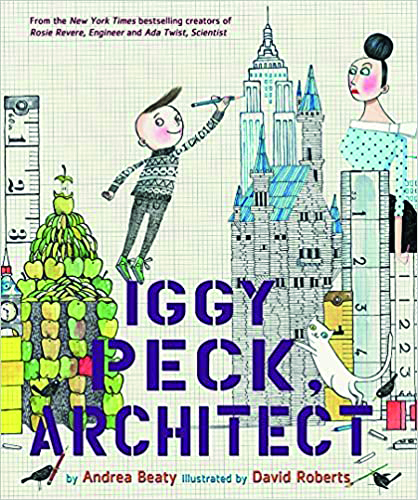 Iggy Peck Architect by Andrea Beaty and David Roberts
Iggy Peck Architect by Andrea Beaty and David Roberts
When his teacher declares her dislike of architecture, Iggy faces a challenge. He loves building too much to give it up.
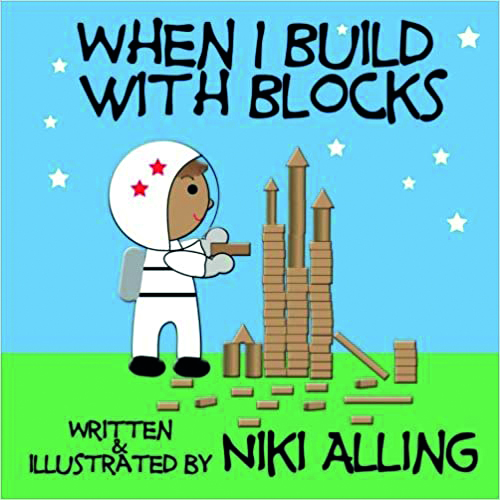 When I Build With Blocks by Niki Alling
When I Build With Blocks by Niki Alling
Step into the block area through the eyes of a child. A springboard to discuss just what can be achieved with unit blocks.









